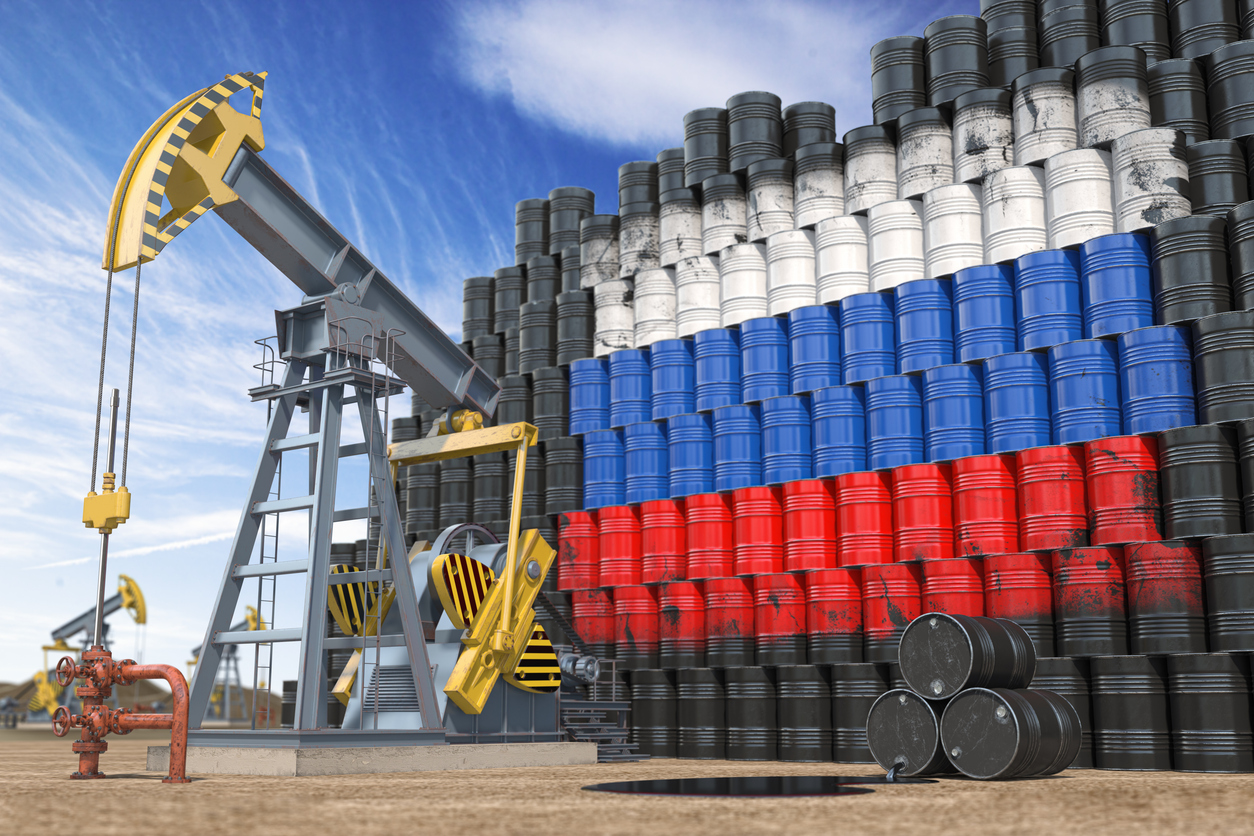Russia and Ukraine may have struggled to shift things significantly on the battlefield for more than 16 months, but a new phase of the war is moving the needle in a way that’s having wider repercussions.
Both sides are now targeting energy assets to hit their enemy’s economy, and the collateral damage is showing up in global markets.
The International Energy Agency warned on Friday that Ukrainian drone attacks on Russian oil refineries risk disrupting trade in petroleum products like diesel. European gas prices jumped as much as 10% after Russia struck Ukraine’s gas and power infrastructure this week.
Ukraine’s army is facing ammunition shortages, while the US is stalling new funding and European allies are trying to figure out how to ship more weapons. The latest strategy is to systematically attack Russian energy facilities, despite Washington voicing concern about the effect on oil and gas prices.
So far this year, Ukraine targeted 14 major refineries and two smaller plants in Russia, with most of the attacks being successful in disrupting operations.
Meanwhile, the Kremlin has launched three large-scale assaults on Ukraine’s electricity generation and directed drones and missiles at key gas infrastructure for the first time since its invasion more than two years ago. On Thursday, Russia destroyed the largest power plant in the Kyiv region in what President Vladimir Putin said was a tit-for-tat response for Ukraine’s attacks.
What’s changed is that targets that were previously off limits are now coming into play, according to Sergey Vakulenko, who spent a decade as an executive at a Russian oil producer and is now a scholar at the Carnegie Endowment for International Peace.
“Both sides are probably realizing that the war on the front is turning into a stalemate and they cannot get any decisive outcome there,” Vakulenko said. “It also seems that initially there were certain explicit or implicit gentlemen’s agreements making some targets off-limits. After two years of brutal war, some if not most of these agreements are probably dead.”
The escalation might also simply be down to new military capabilities. Russia’s bombardment of Ukrainian energy sites has been larger and better planned than the attacks in the previous two years, knocking out generating facilities and limiting power supplies.
For its part, Ukraine is at its most fragile moment since Russia’s invasion, according to Western officials with knowledge of the situation. Kyiv is using long-range drones to attack the oil refineries in an attempt to disrupt fuel supplies to the army, hit Russia’s finances and the Russian population psychologically. But Putin’s war machine remains formidable.
Ukraine’s recent strikes come amid a dire shortage of ammunition and manpower and gaps in its air defense following an unsuccessful counteroffensive last year. Russian forces have also had incremental gains in Ukraine’s east, though it remains to be seen whether the Kremlin will have enough resources to deliver a significant breakthrough.
US Defense Secretary Lloyd Austin urged Ukraine to focus on military targets instead because of the impact on global markets. Ukraine has been warning, though, that it can lose the war if more than $60 billion of aid held up by Congress for months isn’t approved.
Ukraine is in close contact with its allies and has listened to their concerns, people familiar with President Volodymyr Zelenskiy said. The lack of ammunition and Russian attacks on Ukrainian towns and cities means Kyiv has to do everything to hit the enemy, the people said, speaking on condition of anonymity.
Officials also questioned American statements that attacks may push gasoline prices up, arguing that if Russia is forced to reduce refining it will increase exports of crude oil to the countries not involved in sanctions.
Ukraine has targeted refineries with combined capacity of about 3.4 million barrels a day, Bloomberg calculations show. However, some of the affected facilities can deploy spare or underused processing units. Undamaged plants are also raising their throughput.
Drones have reached targets as far as 1,200 kilometers (746 miles) away. Analysts at JPMorgan Chase & Co. said that puts 19 Russian refineries with a combined capacity of 3.8 million barrels a day — or more than half the nation’s capacity — in play. If the range increases to 1,500 kilometers, another 600,000 barrels would be at risk, they wrote.
Russia expects to have all the damaged refineries repaired by June, Energy Minister Nikolai Shulginov told the nation’s media earlier this month. Officials including Deputy Prime Minister Alexander Novak have also reiterated that the domestic fuel market remains stable and demand is fully met.
In Kyiv, meanwhile, the Russian strike this week set ablaze the turbine hall of the coal-fired Trypilska plant some 45 kilometers south of the capital. The facility was hit by six missiles, a person familiar with the strike said on condition of anonymity.
For Ruslan Pukhov, head of the Moscow think tank Center for Analysis of Strategies and Technologies, it’s a reminder of the war between Iran and Iraq in the 1980s after an impasse on the battlefield. Cities and their infrastructure then became more embroiled in the conflict, he said.
“The stalemate at the front is pushing both sides to try and pressure the civilian population and economy of their opponent,” Pukhov said. “This reminds one increasingly of the ‘war of the cities.’ Russia has the most resources and ability to harm Ukraine.”
Copyright : https://gcaptain.com/ukraine-war-enters-new-phase-with-oil-in-the-crosshairs/


